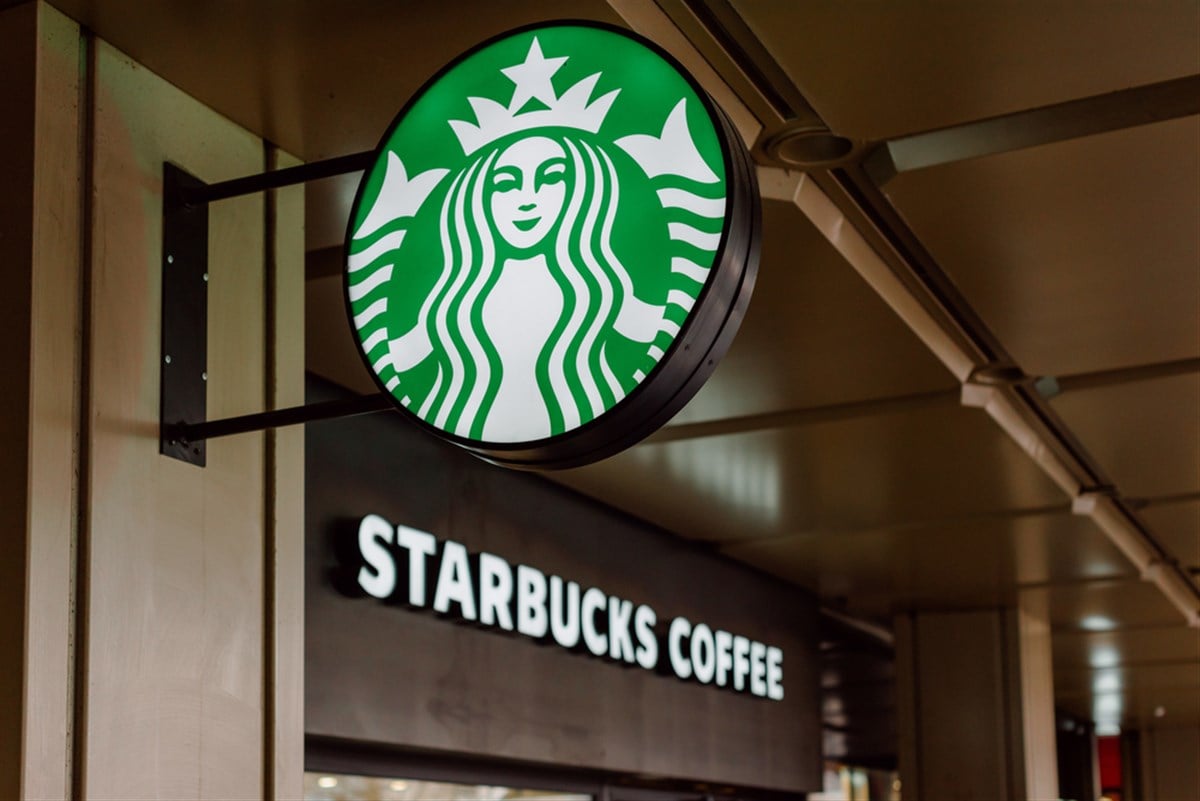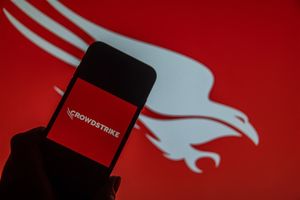
Some investors are convinced that stocks trade down for a reason, which is not that far off from the belief of the efficient market theory. While this is sometimes true, it’s not always a failsafe methodology. Otherwise, investors like Warren Buffett would be out of a job.
Today, it is stocks like Lululemon Athletica Inc. (NASDAQ: LULU), Starbucks Co. (NASDAQ: SBUX), and even Target Co. (NYSE: TGT) that come to offer investors some of the best discounts in the market. For those who refuse to believe that the market is always efficient and that opportunities abound for those who can spot – and squeeze – inefficiencies, these stocks may be up for a watchlist consideration.
However, before investors jump into each company’s proposition, it would be wise to catch up on what’s happening in the consumer discretionary sector since all of them are exposed to it. While the picture may not be as pretty as it once was, there is still good reason to stick around. Here’s why.
Why Consumers Still Prioritize Essentials Like Starbucks, Lululemon, and Target
Essentials may be a strong word for clothing and coffee. Still, when investors think about it, some of these brands are part of many unmissable routines. Morning coffee? Check. Quick workout session sporting Lululemon? Check. Grocery—or any convenience—run to Target? Check.
Indeed, some may be concerned that readings for the U.S. consumer sentiment declined recently, signaling potentially bad news for these stocks and may be the reason behind their discounts.
However, despite what financial stocks like Bank of America showed in their earnings release, full of rising credit card delinquencies and deteriorating FICO scores, consumers still find a way to keep spending on what matters to them.
While sentiment may be lower today, inflation is as sticky as ever, suggesting that consumer demand won’t disappear despite the lack of confidence. How can investors be sure of this? Starbucks’ financials are an excellent place to start.
Starbucks’ Bottom is Brewing
Why isn’t Dunkin’ Donuts (now delisted) or even Dutch Bros Inc. (NYSE: BROS) penetrating the market as much as Starbucks is? When people go for a power study session, a business meeting, or even a casual catch-up, the green Medusa takes the lion’s share of customer preference.
Apart from social proof, investors can rely on the company’s financials. With a 27.7% gross margin, better than the beverage industry average, Starbucks’ brand shows signs of market penetration and pricing power.
This pricing power may have taken a hit in the first quarter 2024 results, where a 4% rise in average ticket prices led to a 3% decline in revenues for U.S. stores. Here’s a caveat to that trend: the total store count rose by 3% over the year, leaving Starbucks with 18,065 stores.
Why would management keep investing in new locations on a revenue decline? Because they know this slump has nothing to do with the brand and everything else about the economy.
That could also be one reason why analysts at Morgan Stanley want to see Starbucks stock as high as $115 a share, daring the stock to rally by 45.7% from today’s prices, which are only 73% of the stock’s 52-week high.
Lululemon's Impressive Growth and Financial Outlook
Revenue for the athleisure company rose by a surprising 16% over the year, with international sales jumping by as much as 54%. Because the company is now achieving economies of scale through more than just North American markets, its operating margins went from 11.3% to 28.5% in just one year.
Keeping more capital from each sale made in the business allows management to reinvest into growth and efficiency, investors can see that through the company's financials. With an average return on invested capital (ROIC) rate of 26%, growing operating margins could translate into further opportunities to compound this stock. Because of these improvements, analysts feel comfortable projecting up to 11.5% EPS growth for Lululemon this year.
As long as Pilates moms, sorority houses, and finance bros exist, investors can count on Lululemon’s demand to stick to the upside. Wall Street analysts know this, so they felt comfortable slapping a $465 price tag on the stock today. This gives investors the potential of a 53.5% upside from today’s fall to 59% of its 52-week high price.
Target's Revenue Decline and Path to Recovery
On the other hand, Target’s revenue declined by 3.2% over the year, with net income contracting by nearly 1%. This was enough for the market to bring the stock down to 80% of its 52-week high but not enough for analysts to leave it alone.
Today’s price target of $180.40 a share dares Target stock to rally by 24.2%. What investors need to know lies within the company’s financials, though, specifically return on invested capital (ROIC) rates.
A year ago, Target invested up to $1.6 billion into store renovations and improvements in their logistics network, bringing the ROIC to only 8.3%. Before these initiatives, the stock generated up to 20% ROIC. Because this year marks the end of these heavy investments, at only $674 million for the quarter, investors could see ROIC return to the norm.
Annual stock price performance typically follows the long-term ROIC rate, so this recovery in Target’s financials could lead to higher earnings per share (EPS) and, thus, a stock price recovery.






